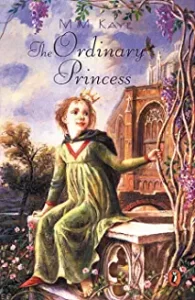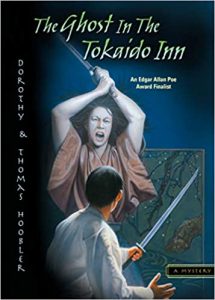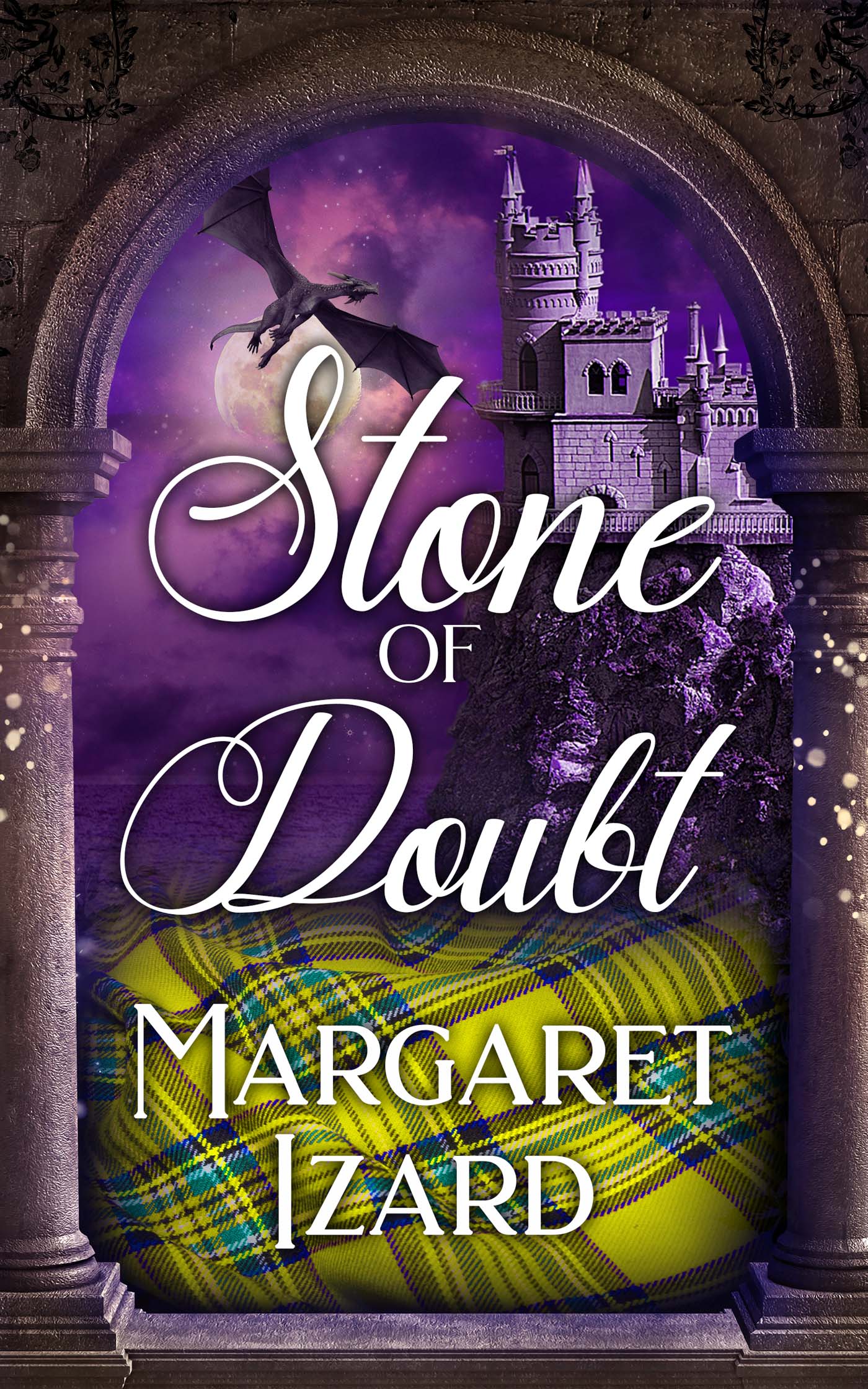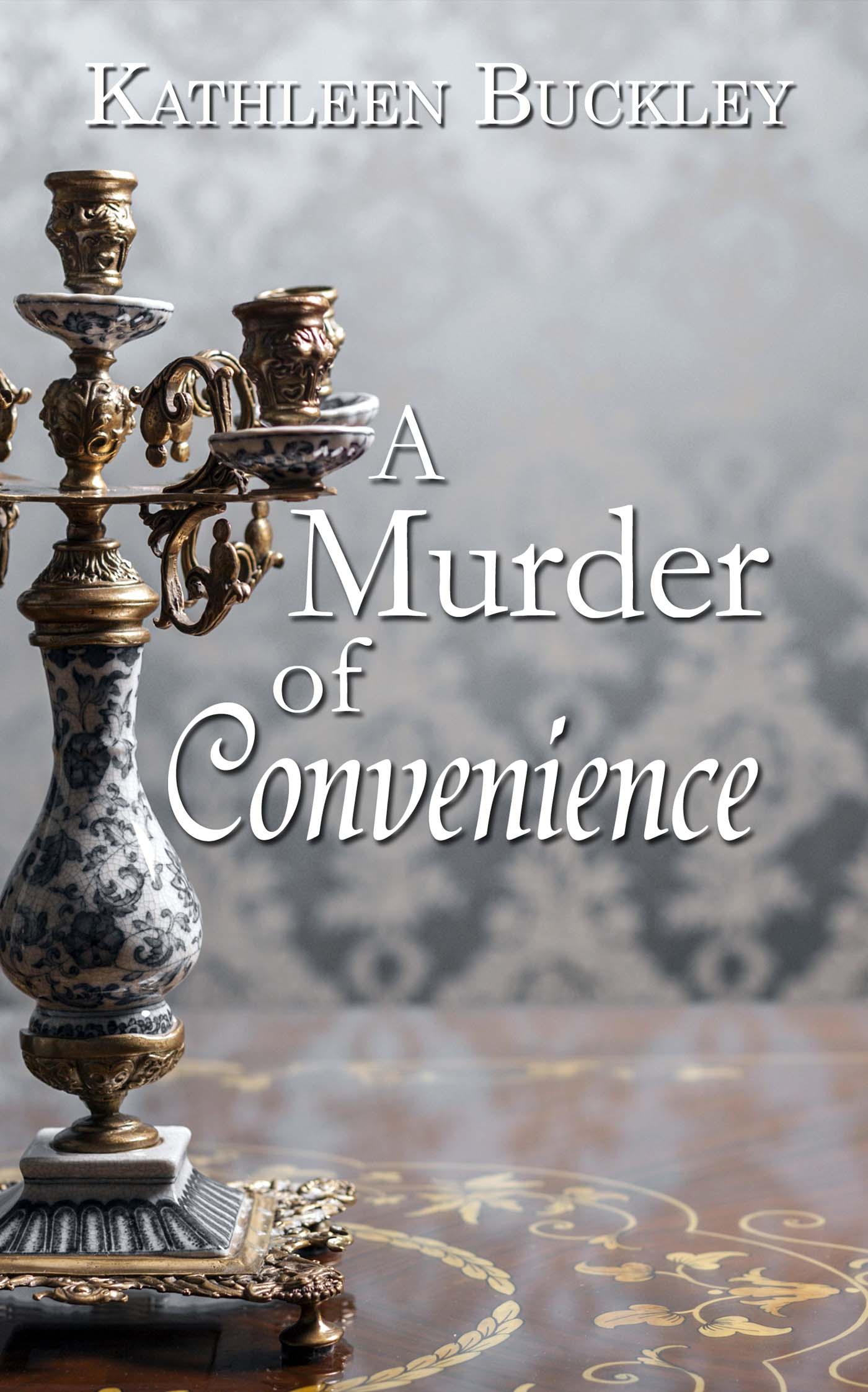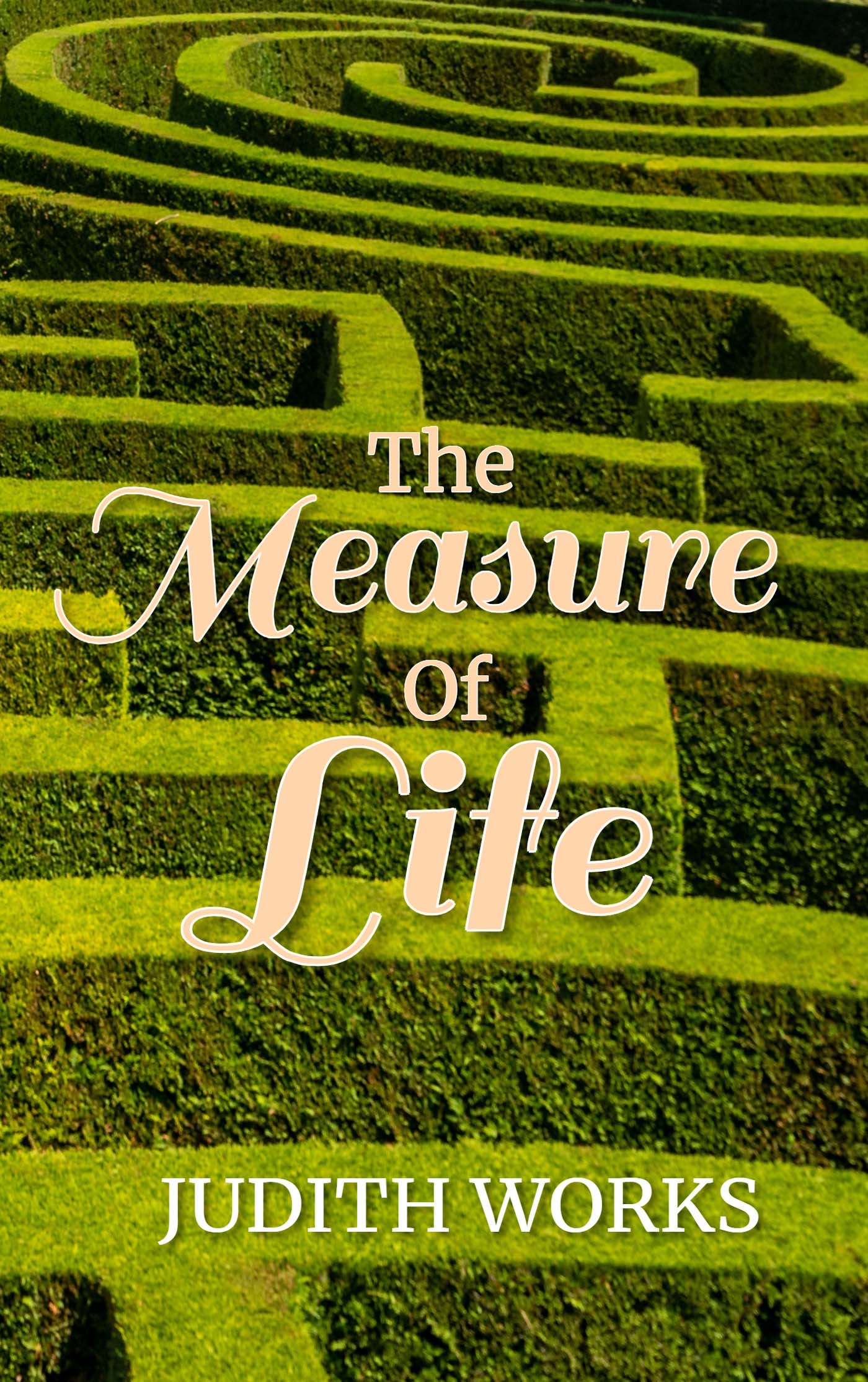The Ordinary Princess by M. M. Kaye
Publisher: Puffin Books
Genre: Sci-Fi/Fantasy, Children’s (0 – 6 y.o.), Middle Grade (8 – 12 y.o.) (6-11 yrs.)
Rating: 4 stars
Reviewed by XeranthemumAlong with Wit, Charm, Health, and Courage, Princess Amy of Phantasmorania receives a special fairy christening gift: Ordinariness. Unlike her six beautiful sisters, she has brown hair and freckles, and would rather have adventures than play the harp, embroider tapestries . . . or become a Queen. When her royal parents try to marry her off, Amy runs away and, because she’s so ordinary, easily becomes the fourteenth assistant kitchen maid at a neighboring palace. And there . . . much to everyone’s surprise . . . she meets a prince just as ordinary (and special) as she is!
What a delightful story! It’s quirky, enchanting, entertaining and a wonderful fairy tale that was a true pleasure to read.
The style is third person narrative and Princess Amy is most often referred to as The Ordinary Princess for most of the book. It’s very reminiscent of Cinderella but it has a mixture of Snow White as well, what with the addition of Mr. Pemberthy and Peter Aurelious; they act as the prerequisite forest friends to the princess.
As in Sleeping Beauty, there is the one fairy that uses her magic to gift the baby Princess Amy with a very unexpected, unique and shock-worthy gift. It causes the Queen to have fits, and the King basically crowing “I told you so!” because he just knew something ghastly was going to happen. Everyone in the castle believed that it was a horrible thing, and that belief lasts until the very day the princess gets her happy ever after.
What I liked about this story was its easy style. It had an innocence to it that was refreshing, from the dialogue, the choices the princess makes and her relationship with Peregrine, the man-of-all-work. I enjoyed watching as they escaped the drudgery of their lives by visiting the forest when they had time off – a place they could be themselves without anyone telling them nay, or reprimanding them if they wanted to climb trees, get muddy or lay back among the flowers and watch the clouds drift by. I even thought the creation of The Birches was romantic in and of itself. It was a commitment of sorts, a foretelling of what could be because of how it was built. A romantic idea crossed my mind and the happy ever after wrap-up proved it true. It was sweet and adorable, and I could believe in the fairy tale – they lived happily ever after.
I found humor in the most unlikely places. The king and his flamboyant reactions to when he was pleased or displeased was one example. The wild and wacky dragon idea was worthy of an eye roll.
The one thing I noticed was the author’s clear descriptions about the environment, the jewels, the castle, how people dressed, descriptions of rooms – it’s quite easy to envision the scenes. The illustrations helped get some perspective on some of it, but there weren’t that many of them to classify this as a picture book. This is a story of words and ideas. It’s not flashy, loud or full of adrenaline. It’s a nicely written and well-told story of a girl meeting her forever sweetheart in a most unlikely fashion; of princesses, princes, kings and a crusty old fairy named Crustacea (kids will probably need help pronouncing that name plus some others in the story) who has a well-guarded marshmallow heart hiding inside all those shells and seaweed.
The Ordinary Princess is a treasure of a story and should be on anyone’s reading list who likes Cinderella, Snow White, any princess story you can name, or just fairy tales in general. Princess Amy is no ordinary princess. She’s special and readers will enjoy finding that out for themselves when they read it too.
